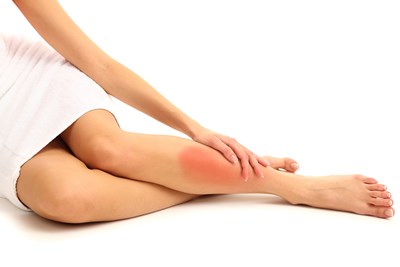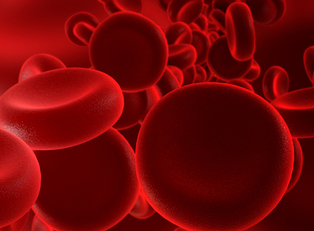Most leg pain symptoms are the result of wear and tear, overuse, or injuries of joints, bones, muscles, ligaments, tendons or other soft leg tissues. Symptoms of injury or overuse, and usually accompanied with leg pain, can include swelling, cramps, numbness, tingling, weakness, or changes in temperature and color.
Leg pain lifestyle and home treatments are often all that is needed to relieve symptoms and promote healing, and most minor leg problems will heal completely on their own. Leg pain that is not related to a specific injury has many possible causes. Overuse may occur when one overdoes an activity, repeats the same activity, or suddenly increases exercise. Examples of overuse conditions include bursitis, tendinitis, shin splints, stress fractures, and plantar fasciitis. Muscle cramps in the leg can be caused by activity or dehydration, which can cause leg pain. Serious leg pain and other problems may occur and require prompt evaluation by a doctor. Problems affecting the blood vessels (vascular disease) can include peripheral arterial disease, inflammation of a vein, or a blood clot, which may cause pain, swelling, or discoloration. Other diseases related to arthritis can cause joint pain, stiffness, and swelling.
Leg Pain Causes
Leg pain is a symptom of a larger issue. Most leg pain causes include normal wear and tear, overuse, or injuries in joints, bones, muscles, ligaments, tendons or other soft tissues. Other conditions that also cause leg pain are blood clots, varicose veins, swelling and even open sores. Narrowed arteries can reduce blood flow to the legs, leading to pain that worsens with exercise and improves with rest. Infections can also cause leg pain. There is a long list of potential leg pain causes, such as shin splints, gout, rheumatoid arthritis, osteoarthritis, sciatica, Achilles tendinitis, bursitis, herniated disk, patellar tendinitis, ACL injury (of the knee), a broken leg or an Achilles tendon rupture to name a few. An aching after prolonged standing or sitting suggests a possible buildup of fluid in the leg veins (venous congestion), which occurs when the valves in the leg veins don't work properly while keeping blood moving from the legs to the heart. Instead, blood pools in the legs and feet, causing pain and swelling. Those with venous congestion describe the pain as a burning or cramping sensation, mainly in the calf. A doctor can determine the cause of leg pain based on medical history and physical examination.
Risk Factors of Leg Pain Causes
The risk factors of leg pain increase with age, occupation, and the prevalence of other physical conditions that may negatively affect the legs, such as osteoarthritis, rheumatoid arthritis, lupus, transient ischemic attack (TIA) or stroke. Blood clots, particularly those with a history of blood clotting, live with a heightened risk of leg pain. A blood clot near the surface of the skin may cause only minor problems, while a clot in a deep vein may be more serious. Recent surgery, especially on bones or the pelvic or urinary organs increases the risk of blood clots, especially in deep leg veins. Prolonged bed rest and inactivity, including sitting or standing in one position for long periods of time, or prolonged immobilization of a limb, such as a cast or splint, also may increase the risk of blood clots. Risk factors of leg pain caused by blood clots include heart disease and stroke. Children and adolescents who are rapidly growing are at risk of leg pain, commonly known as "growing pains." This pain is the result of the differences in growth rates of muscle, bone and soft tissue.



